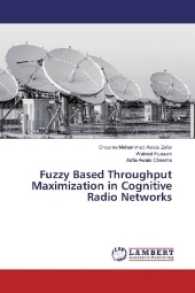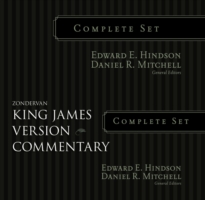Full Description
As an aging society progresses, the number of elderly patients suffering from degenerative spinal diseases is increasing rapidly. Accordingly, fusion surgery, which was considered as a gold standard treatment for patients with severe disc degeneration, is gradually showing it's limits. In elderly patients, the incidence of pseudoarthrosis, instrument failure, and ASD increases after fusion surgery due to naturally accompanying osteoporosis. Therefore, the reality is that many elderly patients are living with pain only with medication without undergoing surgery despite having spinal disease that requires surgery. The 'Ligament Reconstruction' covered in this book is a new treatment that can cure these patients, and it is a groundbreaking surgical method that can perform soft stabilization with sufficient nerve decompression. In particular, it is thought that elderly patients diagnosed with multiple spinal canal stenosis will be freed from pain with this new surgical method. This book introduces the pathophysiology of spinal stenosis, the characteristics of Sagittal and Horizontal (SH) ligament, and various methods of surgery using SH Ligament.
Contents
Part I. Introduction.- Chapter 1. Pathophysiology of lumbar spinal stenosis.- Chapter 2. Clinical presentation of lumbar spinal stenosis.- Chapter 3. Radiologic evaluation of lumbar spinal stenosis.- Chapter 4. Anatomical considerations of the lumbar spine for ligament reconstruction.- Chapter 5. Historical consideration of the soft lumbar stabilization.- Chapter 6. Biomechanical evaluation of soft lumbar stabilization.- Chapter 7. Surgical technique for ligament reconstruction using Sagittal and Horizontal (SH) ligament.- Chapter 8. Application of ligament reconstruction in combination with interlaminar or interspinous device.- Chapter 9. Polyethylene terephthalate as an artificial ligament and it's various medical application.- Chapter 10. Clinical outcomes of ligament reconstruction.
Part II. Various decompression technique combined with ligament reconstruction.- Chapter 11. Microscopic open midline decompression.- Chapter 12. Bilateral partial hemi-laminectomy.- Chapter 13. Unilateral laminotomy for bilateral decompression.- Chapter 14. Unilateral biportal endoscopic decompression.- Chapter 15. Full endoscopic interlaminar decompression
Part III. Recently expanded clinical indications of the ligament reconstruction.- Chapter 16. Multi-level lumbar spinal stenosis.- Chapter 17. Spinal stenosis at lumbo-sacral junction.- Chapter 18. Usefulness to prevent adjacent segment disease following fusion surgery.- Chapter 19. Baastrup's disease and adjacent spondylolysis.- Chapter 20. Degenerative disc disease.- Chapter 21. Combination with laminoplasty for spinal tumor.- Chapter 22. Adjuvant surgery for degenerative kyphosis.- Chapter 23. Proximal soft landing in multi-segment fusion surgery.
Part IV. Complication and its management of ligament reconstruction.- Chapter 24. Postoperative infection.- Chapter 25. Postoperative hematoma.- Chapter 26. Spinous process fracture.- Chapter 27. Allergic reaction.- Chapter 28. Delayed CSF leakage.- Chapter 29. Facet synovial cyst.








